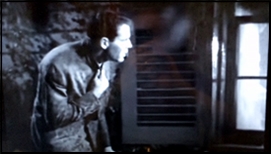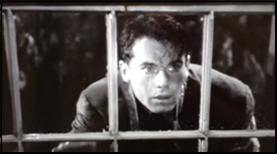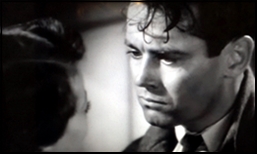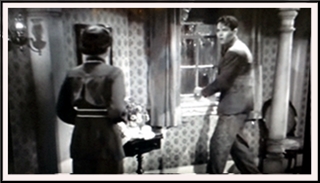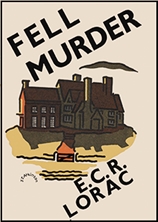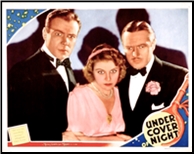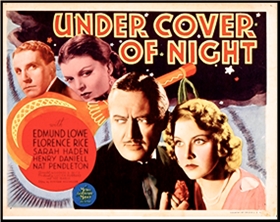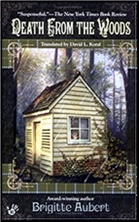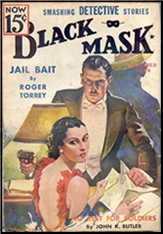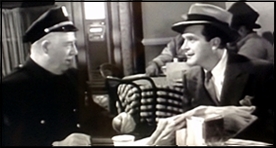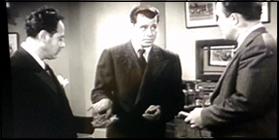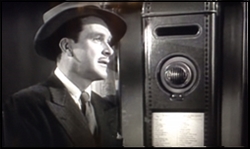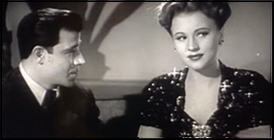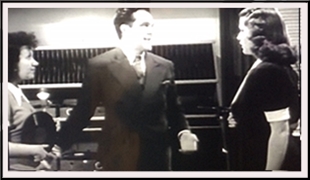Tue 16 Feb 2021
Archived Review by Doug Greene: ELSPETH HUXLEY – Murder on Safari.
Posted by Steve under Reviews[3] Comments
ELSPETH HUXLEY – Murder on Safari. Superintendent Vachell #2. Harper & Brothers, hardcover, 1938. Perennial, US, paperback, 1982; Penguin, US, paperback, 1989. First published in the UK by Methuen, hardcover, 1938.
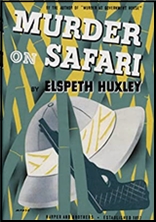
From its map endpapers to its satisfying conclusion, this is a very good book:
For the fan of the classical fair play detective novel, it includes plenty of mystery, good physical clues, and even footnotes showing the reader where the key points were mentioned earlier in the story. For readers interested in the interaction of. character, the story describes a diverse group of Englishmen and Englishwomen whose greed and lust provide the motives. For those interested in setting, Murder on Safari has excellent descriptions of the African plain in the mythical country of Chania.
Above all, Huxley knows how to make a story move. The book begins with Superintendent Vachell of the Chania CID being persuaded to pose as a .Great White Hunter in order to discover who has stolen Lady Baradale’s jewels. But then murder rears its ugly head – very ugly indeed, as Lady Baradale is shot and her body picked by vultures, While investigating the murder, Vachell is attacked by a stampeding buffalo and he survives a plane crash – no armchair detecting for Elspeth Huxley.
I have lost track of the volumes in the current reprint series, but if Murder on Safari is not included, some publisher should sense a good thing and make it available again.
Editorial Update: As it turns out, the book was reprinted in paperback soon after this review appeared (Perennial, 1982); and not only that, but a few years later on once again (Penguin, 1989).
The Superintendent Vachell series –
Murder at Government House. Methuen 1937
Murder on Safari. Methuen 1938
Death of an Aryan. Methuen 1939
